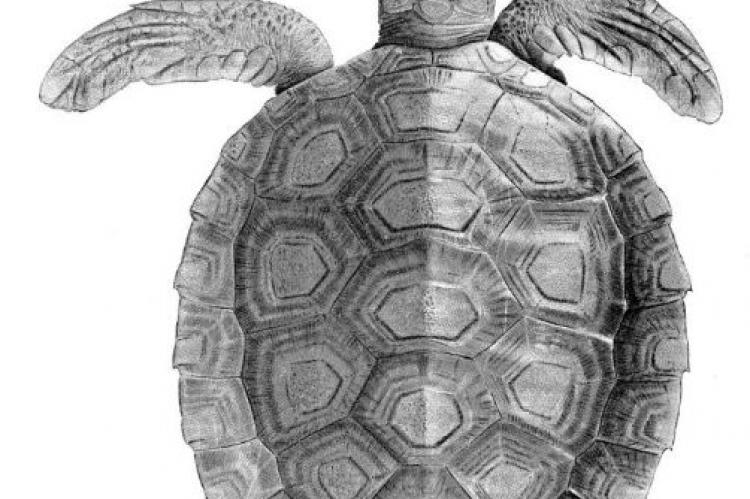Marine reserves provide safe passageway for endangered species
The value of Australia's newly established network of marine parks has been highlighted by an international project
A core migratory corridor of 1,150 km length and 30,800 km2 area was defined, of which 52% fell within 11 reserves.
Tracking devices were attached to the turtle's soft shell using a flexible harness that detached after about 12 months' use. A signal, depicting the turtle's position, was transmitted in real-time to a constellation of satellites known as the 'Argos system' as turtles surfaced to breathe -- about once every 10 to 15 minutes.
The research also highlights how whales, sharks and turtles share a common migration corridor, which was previously unknown. These findings can help inform conservation planning to ensure the flatback turtle is protected throughout its range -- which may span many hundreds or even thousands of kilometres - says Deakin University animal movement expert Professor Graeme Hays, who co-authored the article.
The overlap in the distribution ranges of at least 20 other marine vertebrates (dugong, cetaceans, marine turtles, sea snakes, crocodiles, sharks) with the corridor also imply potential use. In conclusion, this study provides valuable information towards proposing new locations requiring protection, as well as identifying high-priority network linkages between existing marine protected areas.
"Our findings show that much of the flatback turtle's transit passage -- between its breeding colonies and foraging grounds -- falls within the newly established Commonwealth Marine Reserve network"—Professor Graeme Hays, co-author of the study


